Few foods spark curiosity and wonder quite like caviar. These tiny, glistening pearls have graced royal tables for centuries and continue to command astronomical prices in today’s luxury dining scene. Understanding why caviar costs so much reveals a fascinating world of ancient fish, patient farming, and meticulous craftsmanship that transforms simple fish eggs into liquid gold.
1. Ancient Fish Hold the Secret
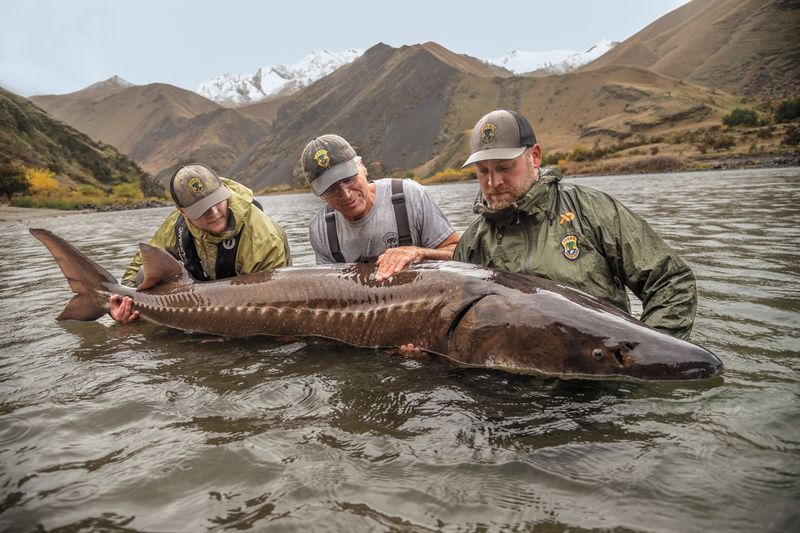
Sturgeon are living fossils that have swum Earth’s waters for over 200 million years. These prehistoric giants produce the only eggs that can truly be called caviar.
Beluga sturgeon, the most prized variety, can live for over a century and don’t reach maturity until they’re 15 to 20 years old. Imagine waiting two decades just to harvest a few precious ounces from each fish.
Most sturgeon species are found in the Caspian Sea and select waterways, making their natural habitat extremely limited and their eggs incredibly rare in today’s market.
2. Strict Rules Protect Every Harvest

Modern caviar production operates under intense government oversight and international regulations. The Convention on International Trade in Endangered Species strictly controls sturgeon fishing to prevent extinction.
Farmers must obtain special licenses and follow precise harvesting methods. Many facilities now use non-lethal extraction techniques, allowing the same fish to produce caviar multiple times throughout their long lives.
Every step from breeding to packaging gets monitored and documented. This careful regulation adds significant costs but ensures sustainable practices that protect these ancient creatures for future generations.
3. Perfect Timing Creates Premium Quality
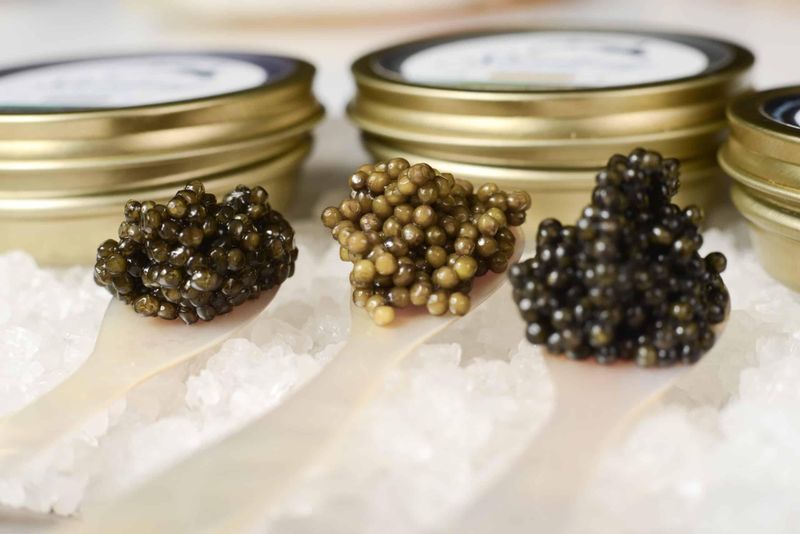
Caviar production resembles fine winemaking more than simple food processing. Master caviar makers study each batch of eggs like precious gemstones, examining size, color, and texture.
The curing process can take several weeks of careful salting and aging. Too much salt ruins the delicate flavor, while too little spoils the entire batch.
Temperature and humidity must remain constant throughout processing. This meticulous attention to timing and technique separates premium caviar from ordinary fish eggs, justifying prices that can reach thousands of dollars per pound.
4. Water Quality Makes or Breaks Everything
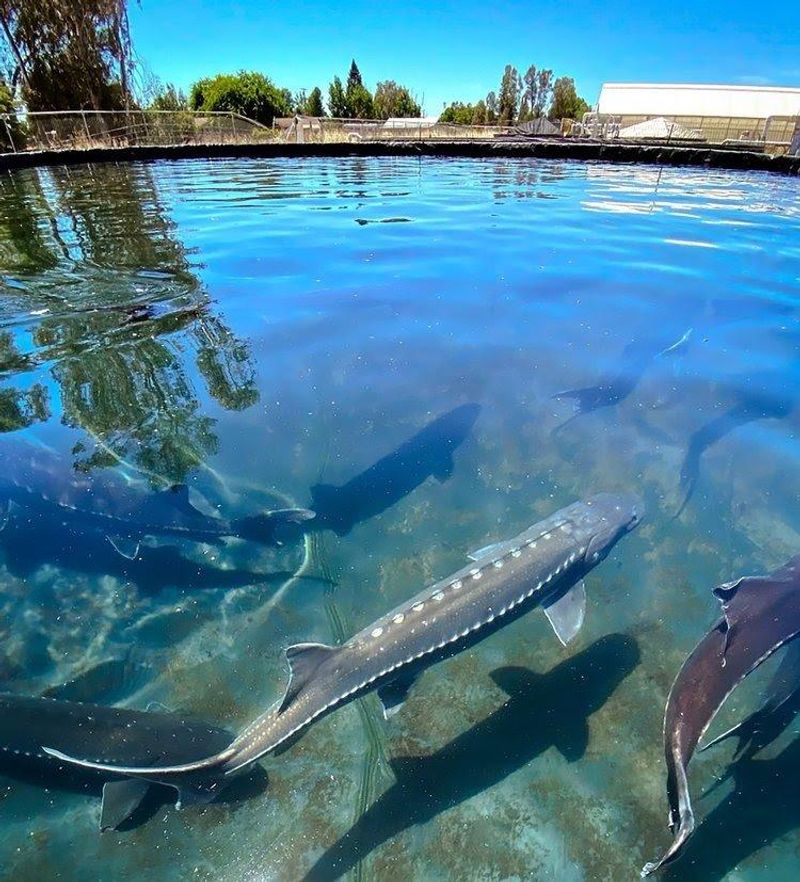
Pristine water conditions are absolutely essential for producing high-quality caviar. Sturgeon farms invest millions in filtration systems that constantly purify and monitor water quality.
Fish receive specially formulated diets designed to enhance egg flavor and texture. Any stress from poor water conditions or inadequate nutrition immediately affects the caviar’s taste and appearance.
Farmers in France, Italy, and other premium locations choose sites with naturally clean water sources. Even slight contamination can ruin an entire harvest, making water management one of the most expensive aspects of caviar production.
5. Only Elite Grades Reach Luxury Tables
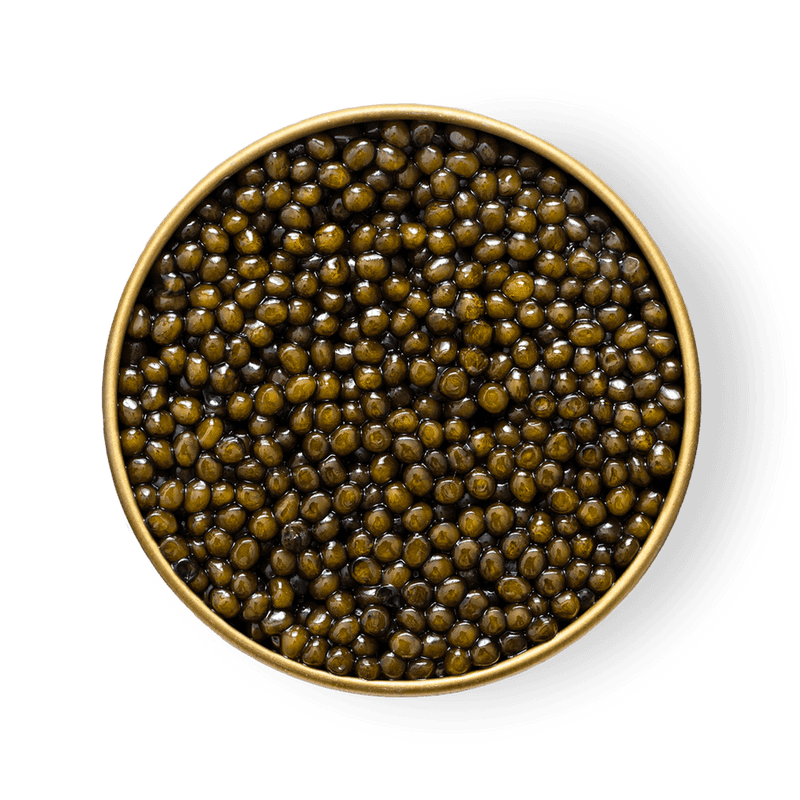
Each sturgeon produces different quality eggs, and expert graders sort them into various categories. Size, color uniformity, and flavor intensity determine the final grade and price.
Top-tier caviar represents only a small fraction of each harvest. The largest, most perfectly formed eggs with ideal taste profiles get reserved for the luxury market.
Lower-grade eggs still taste delicious but sell for significantly less money. This selective grading process means premium restaurants and wealthy customers pay extraordinary prices for only the absolute finest specimens from each precious harvest.
6. Global Demand Outstrips Limited Supply
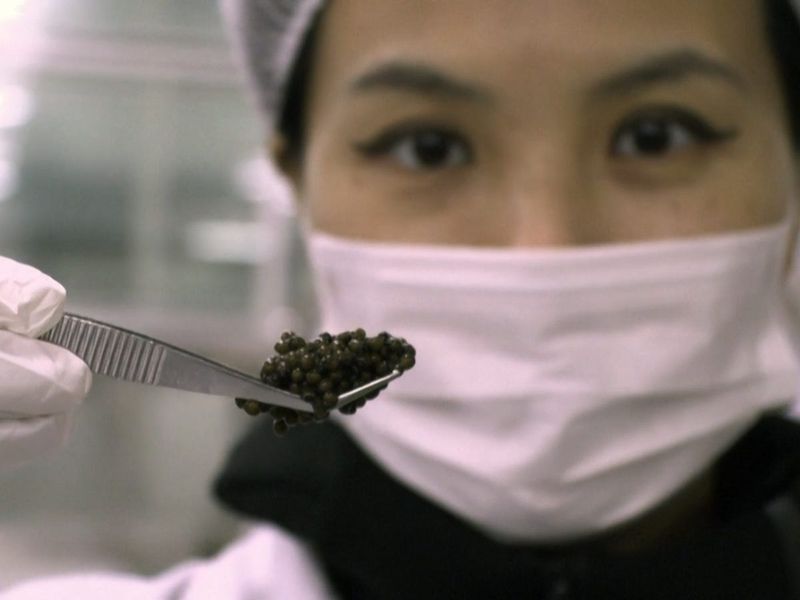
Caviar farms exist worldwide, from China to Uruguay, but production remains extremely limited compared to global appetite. Growing middle classes in Asia have dramatically increased demand over recent decades.
Each farm can only produce small quantities due to the long maturation periods and strict quality standards. Weather, disease, or equipment failures can wipe out years of investment overnight.
Meanwhile, luxury restaurants, wealthy collectors, and special occasions create steady demand that far exceeds what farms can realistically supply. This supply-demand imbalance keeps prices climbing year after year across all premium varieties.
7. Luxury Branding Commands Premium Prices

Caviar carries powerful psychological appeal as the ultimate status symbol. Serving caviar at events signals wealth, sophistication, and exclusivity that few other foods can match.
High-end restaurants pair caviar with champagne, gold utensils, and elaborate presentations that justify charging hundreds of dollars per serving. Marketing emphasizes rarity and prestige rather than simple nutrition.
Cultural associations with royalty and celebrities reinforce caviar’s luxury image. Many customers pay premium prices partly for the social status and bragging rights that come with enjoying this legendary delicacy at special celebrations.
8. Culinary Tourism Drives New Markets
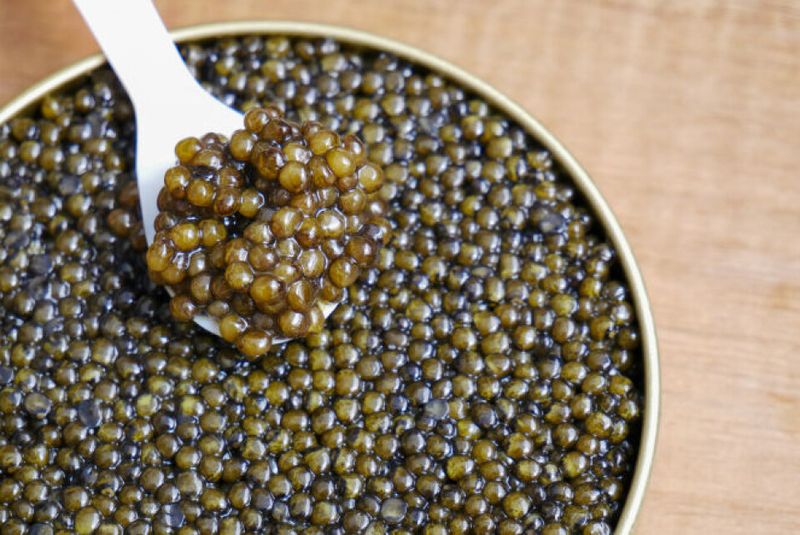
Food enthusiasts now travel specifically to visit caviar farms and experience harvesting firsthand. Regions like Aquitaine in France offer complete caviar tourism packages with tastings and educational tours.
These culinary adventures command premium prices while creating new revenue streams for producers. Visitors pay hundreds of dollars to witness the entire process from fish to final product.
Farm tours, harvest demonstrations, and expert-led tastings have become popular luxury travel experiences. This growing tourism market adds another layer of exclusivity and expense to the caviar industry while educating consumers about sustainable production methods.



